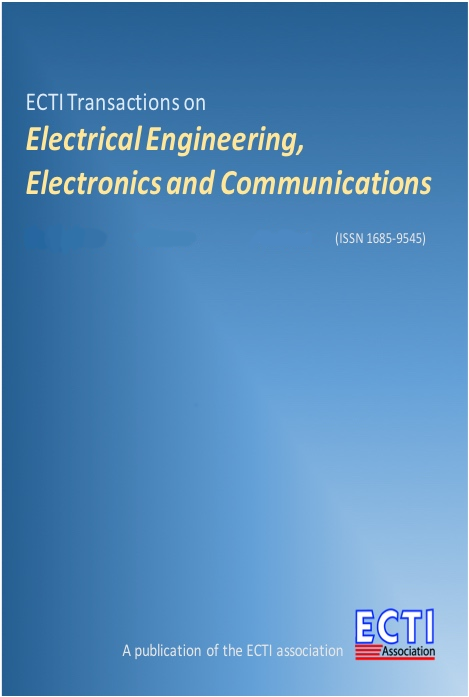JSMCRP: Cross-Layer Architecture based Joint-Synchronous MAC and Routing Protocol for Wireless Sensor Network
Main Article Content
Abstract
The exponential rise in wireless technologies and allied applications has revitalized academia-industries to develop more efficient and economic routing solutions to meet Quality of Service (QoS) provision. Amongst the major wireless communication systems, Wireless Sensor Network (WSN) is the most sought after technology for defense surveillance, healthcare monitoring, industrial monitoring and control, civic and strategic infrastructure surveillance, etc. Additionally, the surge in Internet of Things (IoT) and Machine to Machine (M2M) communication systems have broadened the horizon for WSN communication. Considering it as motive in this paper, a highly robust "Cross-layer architecture based Joint-Synchronous MAC and Routing Protocol for WSN communication (JSMCRP)" has been developed. Being a cross-layer model, JSMCRP protocol, it employs Application Layer, Network Layer, MAC Layer, and PHY Layer to perform Network Adaptive MAC scheduling and make Dynamic Routing Decisions. JSMCRP employs Data Traffic Assessment, Prioritization and Scheduling (DTAPS), Proactive Network Monitoring and Knowledge (PNMK), Dynamic Congestion Index Estimation (DCIE), Adaptive Link Quality, Dynamic Packet Injection Rate (DPIR), and Cumulative Rank Sensitive Routing Decision (CRSRD) to perform routing decisions. Additionally, exploiting dynamic network/node conditions, it performs Cognitive MAC scheduling to ensure QoS centric communication over an IEEE 802.15.4 protocol stack. JSMCRP exhibited higher packet delivery ratio (99 %), lower packet loss ratio (1 %), and low delay under varying network conditions, which makes it suitable for real-time communication in constrained mobile WSN conditions.
Article Details
This journal provides immediate open access to its content on the principle that making research freely available to the public supports a greater global exchange of knowledge.
- Creative Commons Copyright License
The journal allows readers to download and share all published articles as long as they properly cite such articles; however, they cannot change them or use them commercially. This is classified as CC BY-NC-ND for the creative commons license.
- Retention of Copyright and Publishing Rights
The journal allows the authors of the published articles to hold copyrights and publishing rights without restrictions.

